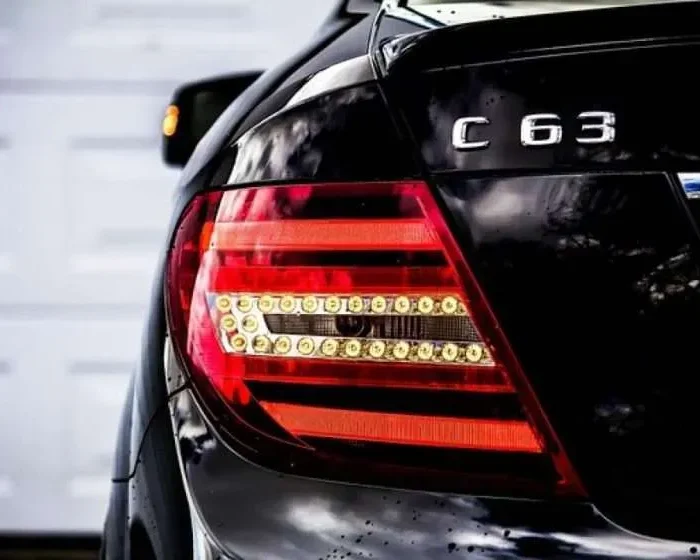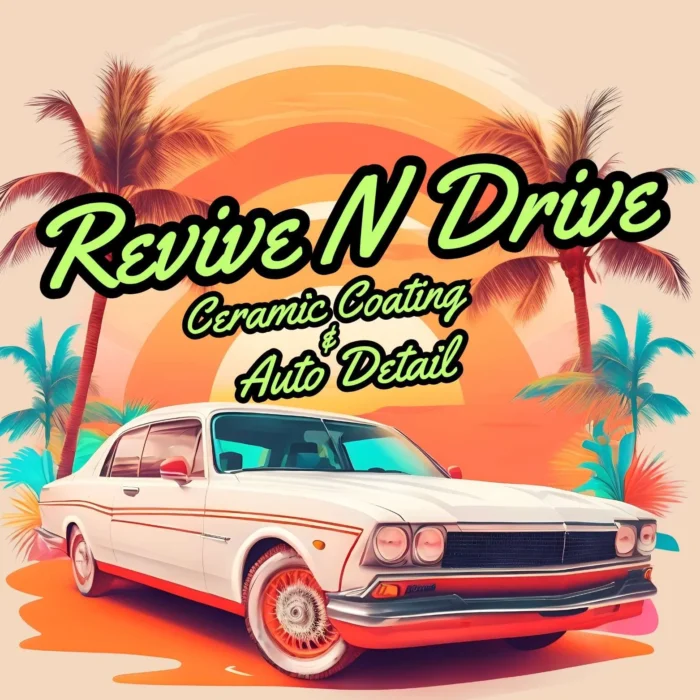Ceramic coating has become the darling of car enthusiasts and detailers, promising a shiny, near-flawless finish that can last for years. Its appeal lies in the protective shield it provides against the elements, making any vehicle look showroom-new with minimal maintenance.
But like any good thing, it’s worth questioning if there’s a catch. Is ceramic coating the ultimate solution, or are there drawbacks lurking beneath its glossy surface?
Before jumping on the ceramic bandwagon, it’s essential to weigh the pros against the cons. From potential application pitfalls to the reality of upkeep, understanding the full picture can save you from future frustration.
Let’s dive into what you need to know before deciding if ceramic coating is the right choice for your car.
Understanding the Limitations of Ceramic Coating
Ceramic coating indeed offers incredible protection, but it’s not a magic bullet. One limitation is that while it resists minor scratches and chemical stains, it doesn’t make your car completely scratch-proof. A run-in with a shopping cart or deep key marks can still cause damage.
Another factor is cost. Ceramic coatings can be quite an investment, not just for the product but also for professional application, which is often recommended. Skimping on the application process can result in uneven coverage or a hazy finish.
Not to mention, ceramic coatings are not a replacement for good old-fashioned maintenance. You’ll still need to regularly wash your car, wait for it—ceramic coatings can still get dirty. They help in making cleaning easier, but they aren’t a one-stop solution for cleanliness.
Lastly, once applied, removing ceramic coating can be tricky and typically requires professional help. This could become inconvenient if you ever want to repaint your vehicle, as the coating’s durability is also a barrier.
Thus, knowing these nuances can help you decide if the balance of benefits to limitations is right for you and your wheels.
Potential Disadvantages to Consider
While ceramic coating has its perks, there are several potential disadvantages to keep in mind. First, the misconception that ceramic coating eliminates all forms of maintenance can lead to disappointment. While it cuts down on waxing, regular washing is still necessary to maintain that fresh look.
Weather conditions can also impact its performance. In places with extreme temperatures or harsh conditions, the protective layer may degrade faster than expected, impacting its longevity. This means in some regions, you might need to reapply it more frequently than anticipated.
Bear in mind that curing time is crucial for ceramic coating. Your car will often need to be out of commission for a day or more as the coating sets. This temporary inconvenience should be factored into your decision, especially if you use your car daily.
Finally, beware of overpromising marketing. Some vendors make bold claims about ceramic coating’s benefits, which can lead to unrealistic expectations. It’s important to research and understand what ceramic coating will actually deliver to avoid any dissatisfaction down the road.
Understanding these potential drawbacks ensures a well-rounded perspective before you decide to take the ceramic plunge.
Addressing Long-Term Durability Concerns
When considering ceramic coating, one of the biggest questions often revolves around its longevity. Manufacturers tout impressive durability, but actual performance can depend on several factors like quality of the product, application process, and environmental conditions.
Quality and Application
High-quality ceramic coatings applied by professionals tend to offer better durability than DIY kits. The expertise in ensuring even layering and curing plays a crucial role in how long the coating will last. So, if longevity is a priority, investing in professional application might be wise.
Environmental Influences
Your locale’s climate can also influence longevity. In environments with acidic rain, heavy pollution, or extreme heat, coatings may degrade faster. Regular washing and maintenance can help mitigate these effects and extend the coating’s life.
Routine inspections can also help spot any wear and tear early. This proactive approach allows for touch-ups where needed, maintaining the protective benefits over time.
While ceramic coatings offer substantial protection, setting realistic expectations about their lifespan can help ensure you remain satisfied with this investment. Taking factors like quality and environmental influences into account can go a long way in maximizing your results.
Weighing the Cost Vs. Benefits
Deciding whether ceramic coating is a worthwhile investment often comes down to balancing costs with potential benefits. While initial expenses can be steep, especially if you opt for professional application, the long-term savings in maintenance and detailing might offset this.
On the benefit side, ceramic coating provides robust protection against environmental pollutants, UV rays, and minor abrasions, reducing the need for frequent waxing and potentially extending your car’s lifespan. This can be particularly valuable if you’re the type to regularly care for and take pride in your vehicle’s appearance.
However, it’s crucial to consider your individual needs and usage. If your vehicle is exposed to harsh conditions regularly or if you’re primarily concerned about aesthetic appeal, the advantages of ceramic coating might justify the cost. On the other hand, if you’re on a tight budget or if your vehicle sees limited exposure, traditional waxing might be more economical.
Ultimately, a realistic assessment of your priorities, lifestyle, and willingness to maintain the coating will help you decide if ceramic coating aligns with your automotive goals. Balancing these aspects ensures you make a choice that offers you the most value.
Ensuring Proper Application and Maintenance
The effectiveness of ceramic coating hinges on its application and ongoing maintenance. Getting these aspects right can mean the difference between a durable finish and one that quickly falls short of expectations.
Importance of Professional Application
While DIY enthusiasts might be tempted to tackle ceramic coating, the precision offered by professional detailers often yields superior results. They ensure the coating is applied in a clean, controlled environment, free of contaminants that could compromise adhesion and durability.
Regular Maintenance Routine
Once applied, maintaining your ceramic coating involves regular but straightforward care. This includes washing your vehicle with a pH-neutral soap to prevent any film buildup that could dull the finish. Avoid harsh chemicals that might degrade the protective layer over time.
Additionally, some experts recommend annual inspections to address any spots where the coating may have worn thin. Spot treatments can ensure your coating remains effective as a protective shield.
Ultimately, the extra attention to proper application and maintenance can significantly enhance your ceramic coating experience, ensuring you enjoy a lasting glossy finish and optimal protection for your car.
The Bottom Line: Making an Informed Decision
In wrapping up, ceramic coating presents itself as a tempting option for those aiming to protect their vehicle while enjoying a lasting shine. However, before leaping, it’s crucial to weigh the numerous factors we’ve discussed—each playing a pivotal role in the overall value and satisfaction you might derive from your decision.
Though the initial cost appears significant, the potential savings in reduced maintenance could tip the scales in its favor for some. If long-term protection and ease of upkeep are high on your list, this could be the right path. Be aware, though, that this isn’t a set-it-and-forget-it situation. Some attention to maintenance is still necessary to preserve its benefits.
Furthermore, a professional application, while adding to the upfront cost, often pays off in the quality and durability of the finish. This is a key consideration that can greatly influence your experience with ceramic coating.
For those who value aesthetics highly or reside in environments challenging to a vehicle’s exterior, ceramic coating could very well serve its protective purpose. Conversely, if budget constraints weigh heavily, or your vehicle exposure is minimal, traditional options may suffice.
Ultimately, making an informed choice means understanding your specific needs and circumstances. Whether ceramic coating emerges as your go-to solution or not, this exploration ensures you select the best path for your car care journey, balancing cost, convenience, and protection to suit your lifestyle.




